Persona 6 has been the subject of various leaks and rumors, despite the fact that Atlus has said next to nothing about the game. For instance, some leakers claim Persona 6 takes place at an art school. While that could be an interesting change of pace for Persona‘s typical high school themes, the broader setting that it takes place in matters a lot as well. It’s not clear if Persona 6 will take place in a fictional city or town, like those featured in Persona 3 and 4, or a fictionalized version of a real place in Japan like Persona 5‘s depiction of Tokyo.
The Persona 5 suite of games have worked hard to ingrain real locations in Japan in the Persona universe. P5 itself started with Tokyo, turning various real districts and neighborhoods into hubs for shops and Confidant hangouts, and Persona 5 Strikers followed that up with a cross-country road trip that put the spotlight on a variety of other Japanese cities. To establish a distinct identity, Persona 6 might shift back to a fictional setting, but if so, it needs to build on top of Persona 5‘s sense of scale, reinforced through the use of perspective, to deliver a big, detailed city that feels truly immersive to explore.
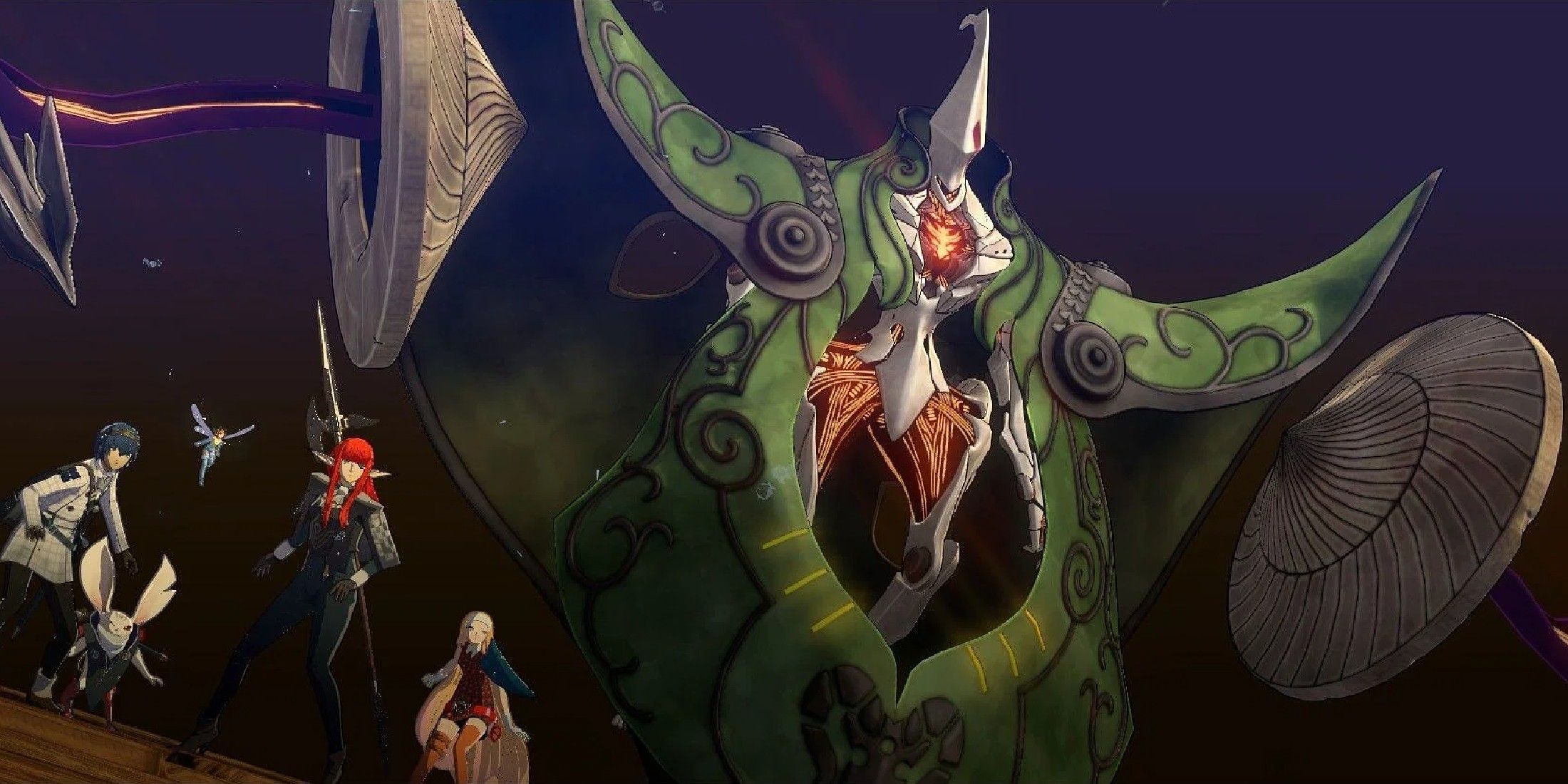
Related
Metaphor: ReFantazio’s Summoner Archetype Could Inspire a Knockout Feature for Persona 6
Metaphor: ReFantazio’s Summoner Archetype combines in-world action with Atlus nostalgia in a way that Persona 6 could recapture to great effect.
Persona 5’s Tokyo Can Translate to a Big Fictional City in Persona 6
In Persona 3 and 4, the respective settings of Tatsumi Port Island and Inaba have a lot in common. Players can visit a couple different landmarks in each game, like the Iwatodai Strip Mall and the Junes Department store, but in both cases, players can’t go out onto the street and explore the area around that location; each location in town consists of just two or three “rooms”, some of which only have two or three shops or activities at best. Likewise, both games use a fixed camera perspective when visiting locations like this, which makes them feel more intimate but also more restricted. Persona 3 Reload hung onto these fixed angles when going about town. Between the lack of camera control and the actual small size of each neighborhood or landmark in town, both Port Island and Inaba can feel rather small, since it doesn’t take long for the player to see everything they have to offer.
Players get more control over the camera when exploring dungeons or walking around their school in P3 and P4, contrasting the occasional fixed camera angles.
How Persona 5 Makes Tokyo Feel Properly Huge
Persona 5 does things differently. Fitting to its use of the sprawling metropolitan area of Tokyo, it goes all in on making its setting feel big in a ton of ways:
- The major district of Shibuya is very big compared to similar locations like the Central Shopping District in Inaba. It has a large main street plus an underground mall, which altogether feature more than a dozen shops and activities, plus further underground walkways and a city square that reinforce the sheer size of Shibuya
- It features more secondary neighborhoods than the other games, including Shinjuku, Kichijoji, Akihabara and Yongen-Jaya, each of which has around half a dozen (or more) of their own shops and activities to discover
- The player has free control over the camera when exploring all of these major neighborhoods, rather than using another fixed camera that limits the player’s ability to examine their surroundings
- P5’s Tokyo further features a ton of additional landmarks that players can’t explore beyond a shop menu or Confidant hangout, but adds to Tokyo’s sense of size and diversity
All of these tricks can be repeated in Persona 6, and would go a long way to provide a realistic scale to a fictional setting, whether it’s another big city or a small town like Inaba. The more neighborhoods it features with their own unique amenities not found anywhere else, the more believable the setting becomes; even a sleepy rural town has plenty of hidden gems and local hotspots that make each of its regions feel different. Furthermore, unlocking the camera in each of these places would go a long way to making the setting feel big, even if the city itself is small, since players can get a better sense of how the city spreads and changes in all directions.
Persona 6 needs to build on top of Persona 5‘s sense of scale, reinforced through the use of perspective, to deliver a setting that feels truly immersive to explore.
Persona 6 is Already Primed for a Big Setting
Luckily, a setting like this seems all the more likely thanks to Metaphor: ReFantazio, Atlus’ latest hit. Metaphor does an excellent job of fleshing out big cities with highly distinct neighborhoods and hidden amenities, and coming across small towns during trips in the gauntlet runner provides a great sense of scale for each kingdom, even if they can’t be physically explored. Between the precedent set by Persona 5 and Metaphor: ReFantazio, there’s cause for optimism that Atlus will deliver a highly detailed, immersive setting, even if it isn’t a real place like Tokyo.
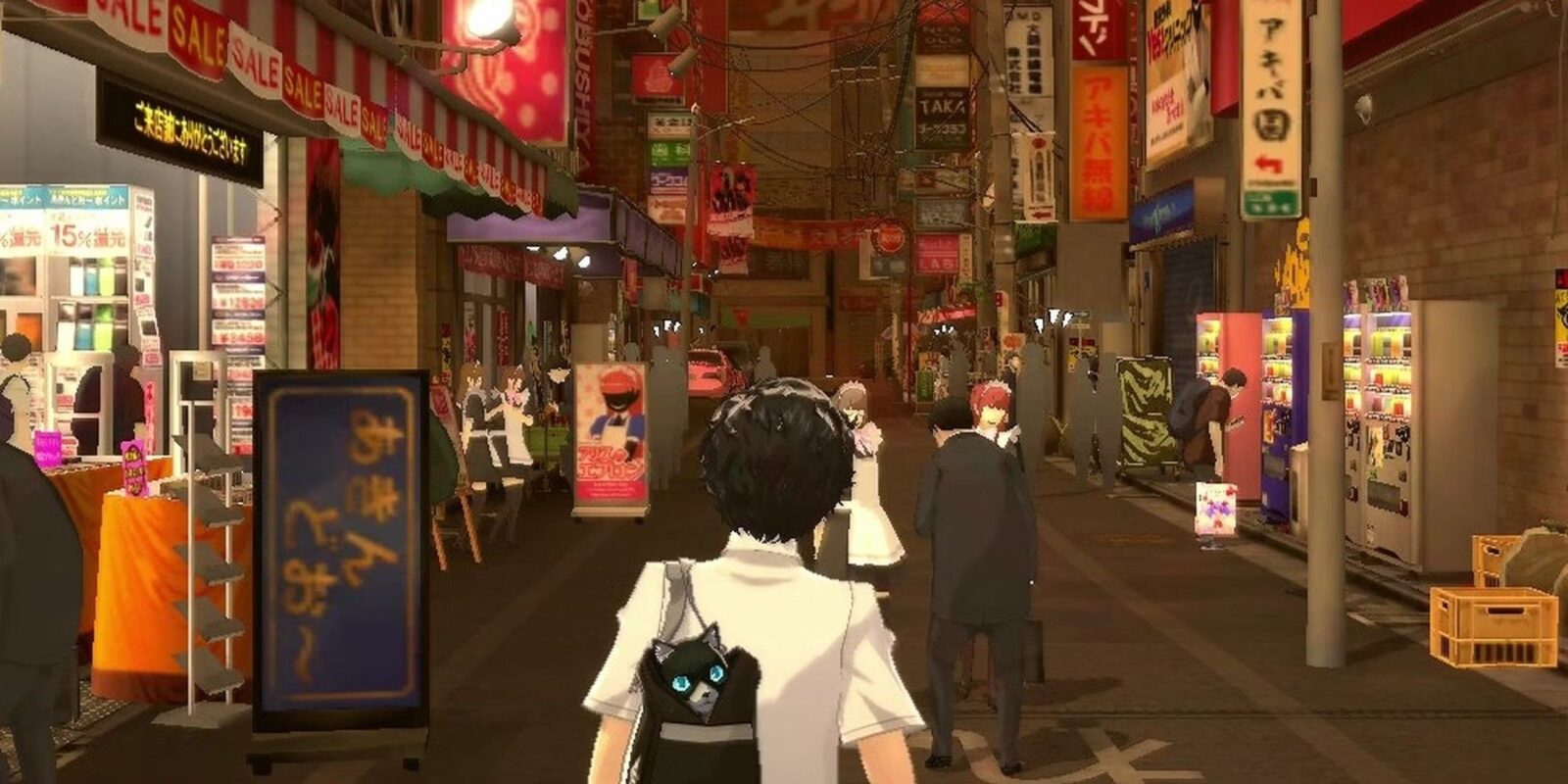

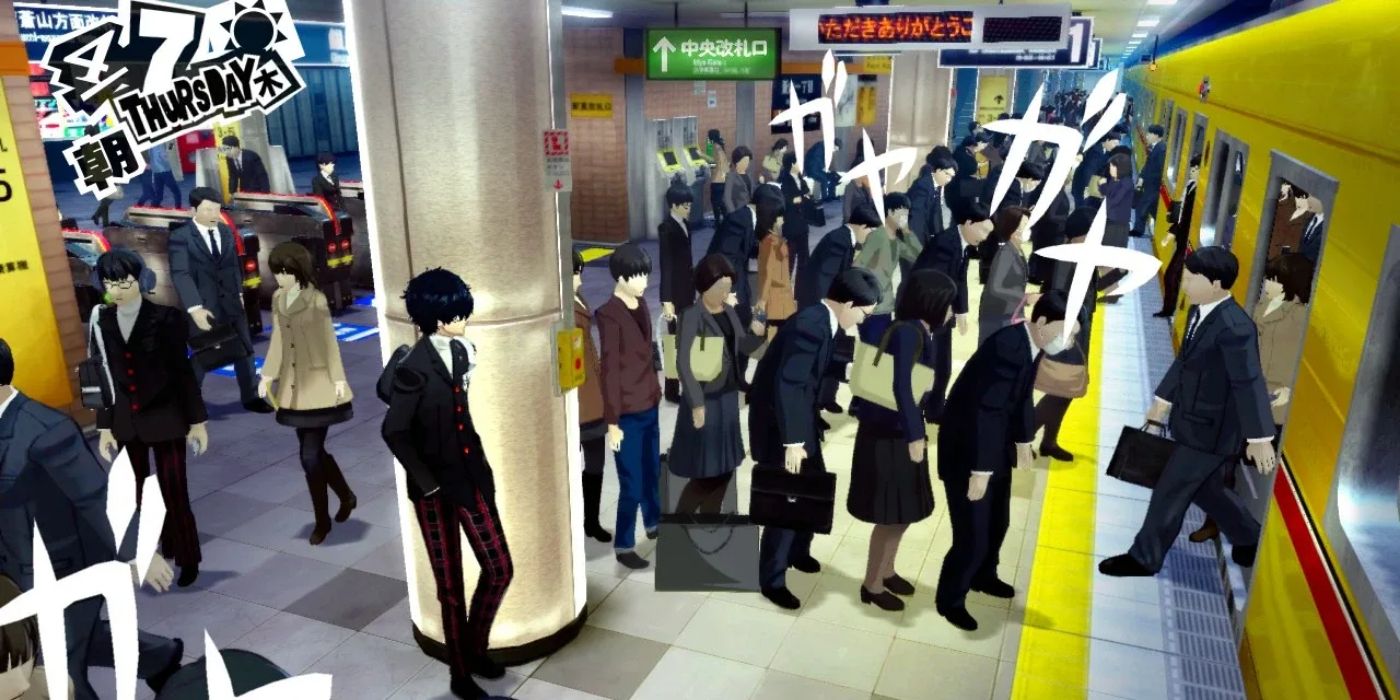
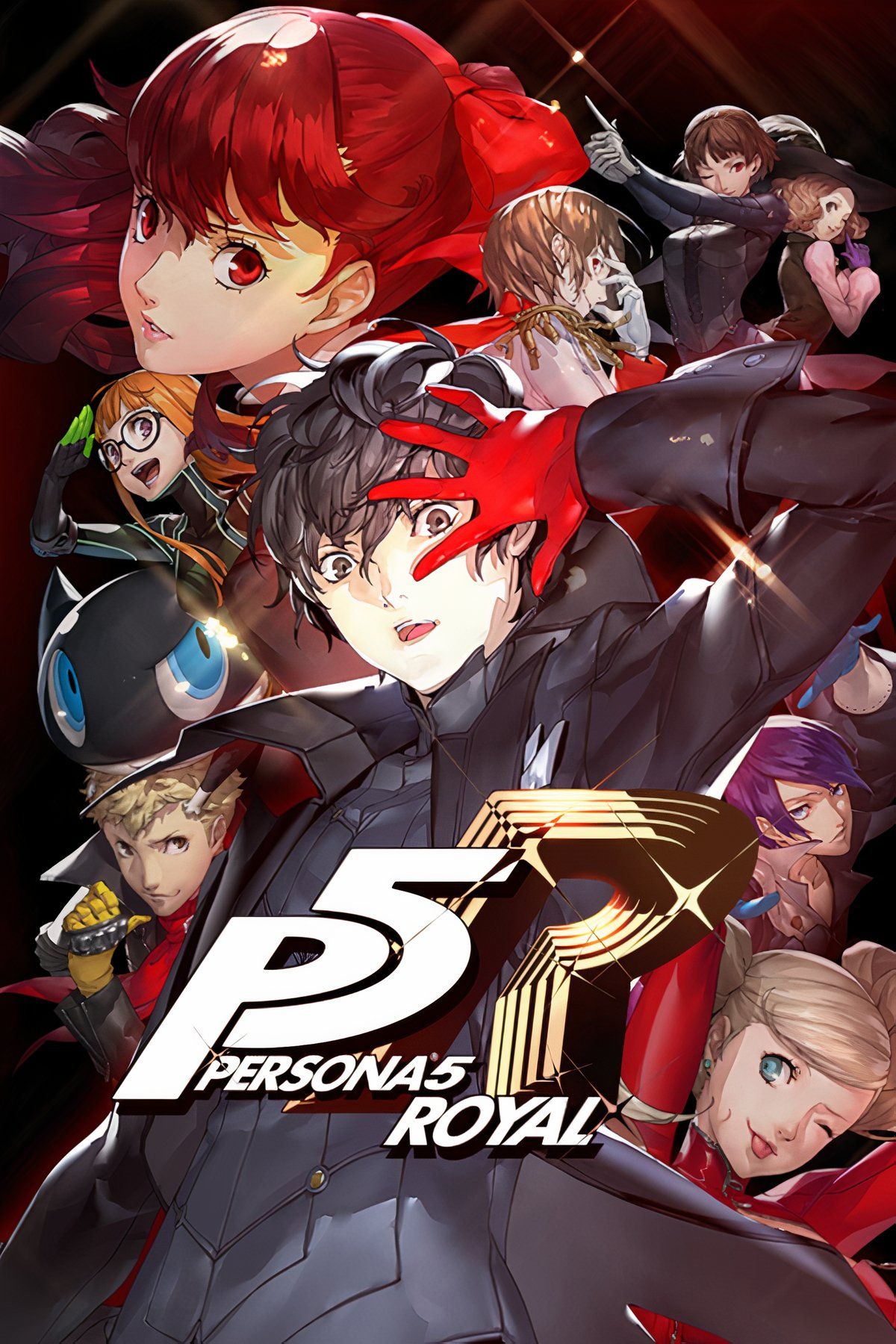







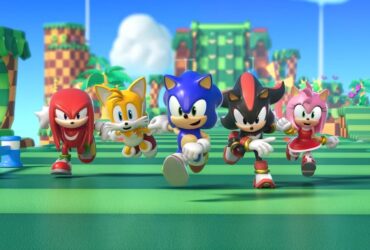


Leave a Reply